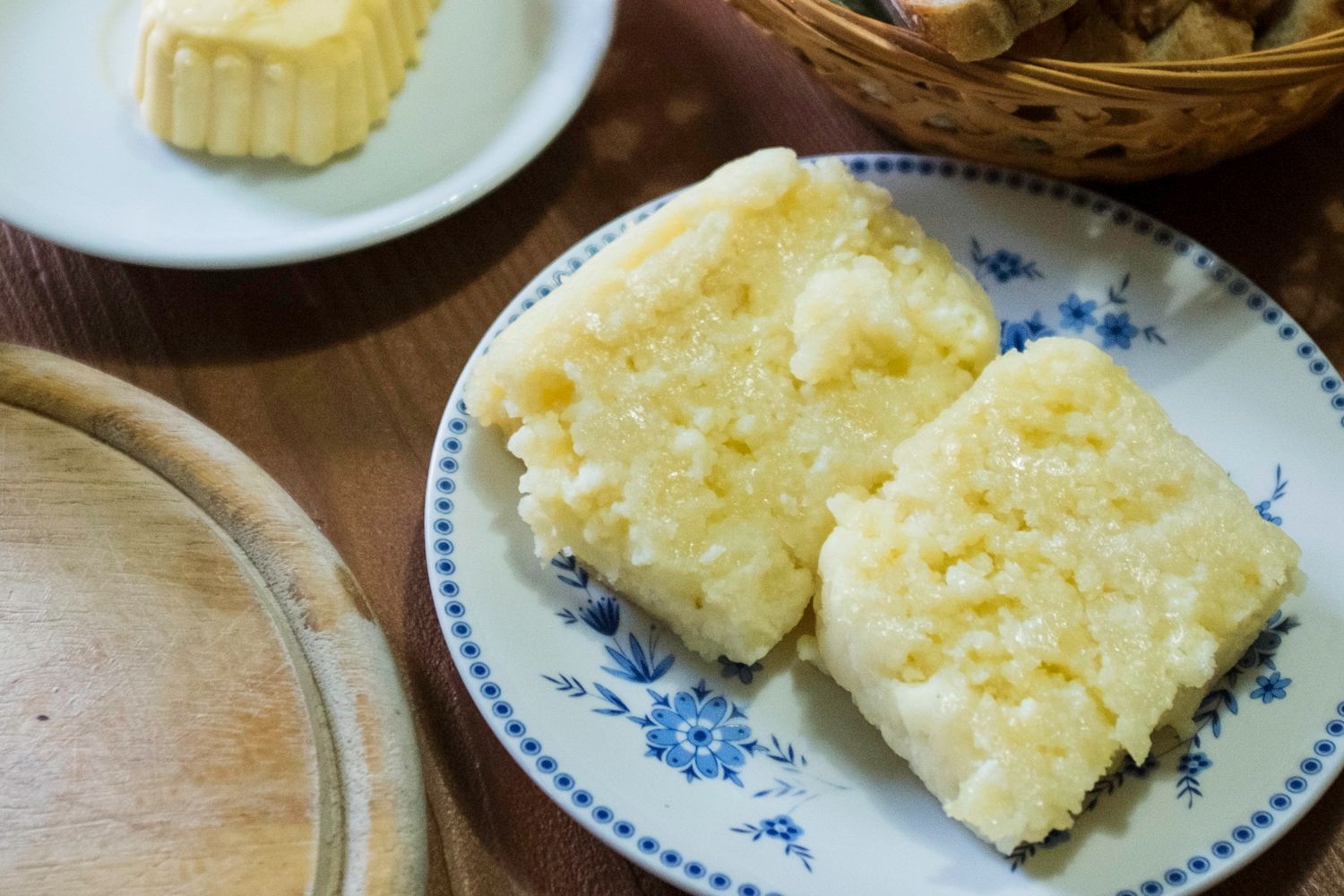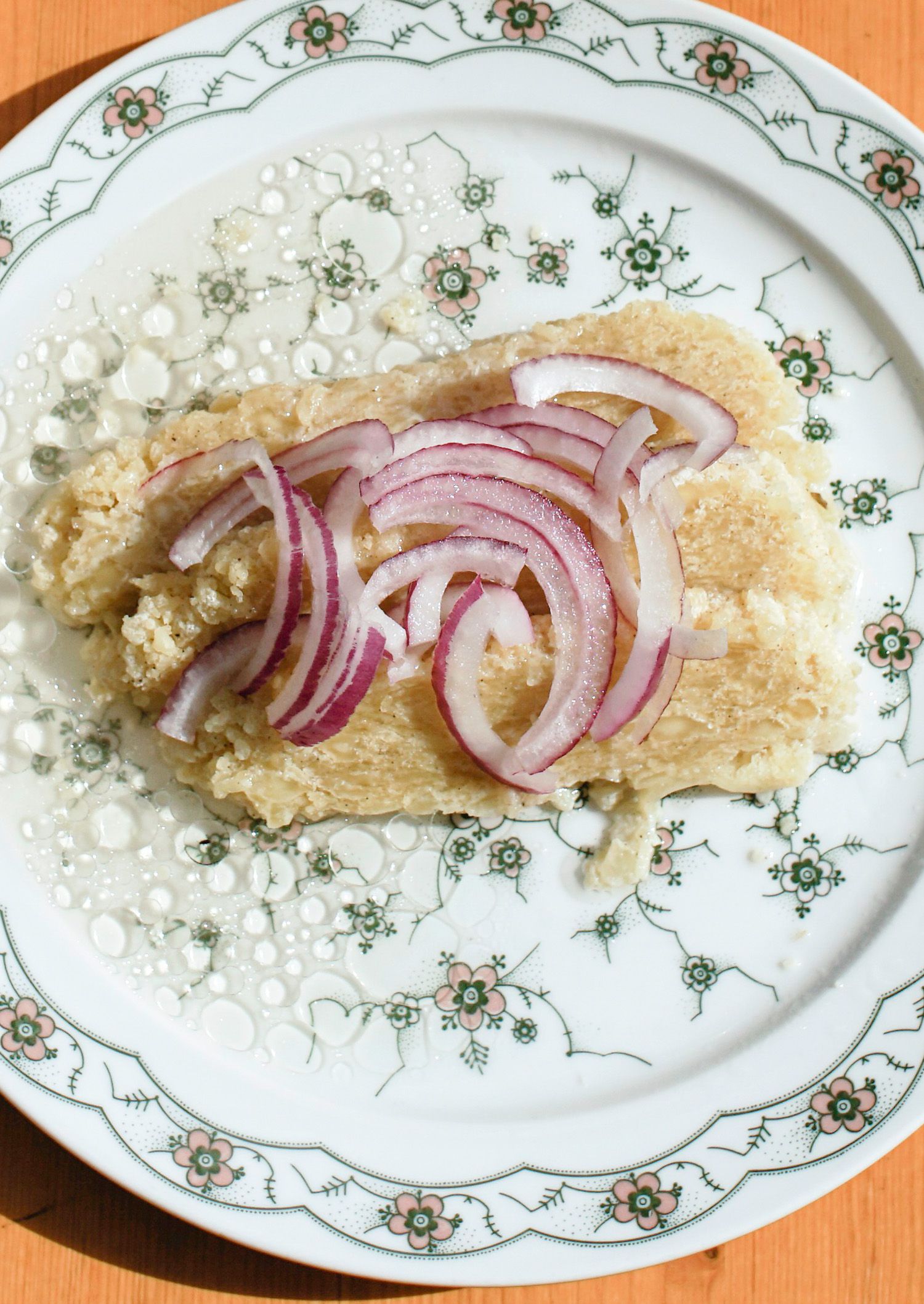Grey cheese is used, for example, for Zillertal doughnuts or cheese dumplings . It is also traditionally served pure with vinegar and raw onions with a Marend.

"Superfood" is currently on everyone's lips. The term describes foods that have a positive effect on health. Chia seeds and goji berries from the tropics are being shipped in, while there are many products on our doorstep that are just as healthy. One of these wallflowers is grey cheese: a particularly lean and very tasty sour milk cheese. It is loved by the Tyroleans but ignored by the rest of the world.
"If you like strong cheese but don't want to eat a lot of fat, then grey cheese is ideal," says Stefan Kranebitter. The cheese sommelier sells cheese specialities in the Innsbruck market hall. The Tyrolean delicacy has only one per cent fat, but one bite is enough to cover a large part of your daily protein requirement. Grey cheese is also lactose-free, which makes it interesting for people with intolerances.
In this country, grey cheese has been part of rural cuisine for centuries. It was created out of necessity. On farms, milk has always been skimmed to make butter. Most of the butter was sold, leaving behind the skimmed milk. This was left to sour, then heated, salted and pressed into wooden moulds. The mixture was allowed to mature for another two to three weeks and voilà: The grey cheese was ready.
Tyrolean grey cheese is made from lean cow's milk from silage-free feeding. It is not coagulated with rennet, but with lactic acid bacteria. Grey cheese used to be a poor man's food, as skimmed milk was available in abundance. Today, Tyrolean grey cheese is considered a delicacy and its name is protected.
"Visitors from out of town sometimes ask me whether this is cheese at all," smiles Stefan Kranebitter. The appearance of this delicacy is somewhat special. When young, grey cheese is crumbly and crumbly, but as it matures, the consistency changes. From the outside in, a greyish layer forms, which gives the cheese its name. While many Tyroleans love "their" cheese dearly, many newcomers first have to get to grips with the flavour.
"It depends very much on the degree of ripeness. Young grey cheese is mild and tastes good to many people. Really old, greasy grey cheese is more for connoisseurs. But it is definitely a cheese for everyone and I also sell it to an international audience," says the cheese sommelier. The cellar-matured, blue-moulded variety, which is produced in the Zillertal, is considered to be particularly intense.

"The production of grey cheese was used to recycle leftovers. But even then, there is still some whey left over," explains Stefan Kranebitter. The rest of the leftovers are flavoured again, pressed and matured for three months. The result is "Zieger", a small, brown ball that packs a punch. Similar to Parmesan, it is ideal for seasoning and grating.
On cheese spaetzle, dumplings or for soups and sauces, the hard cheese is a real poem. However, the odour is so intense that it must always be stored well packaged. Zieger has almost no liquid content and can be kept for half an eternity. "Incidentally, this cheese has nothing to do with goats, even if the name suggests it," says Stefan Kranebitter.